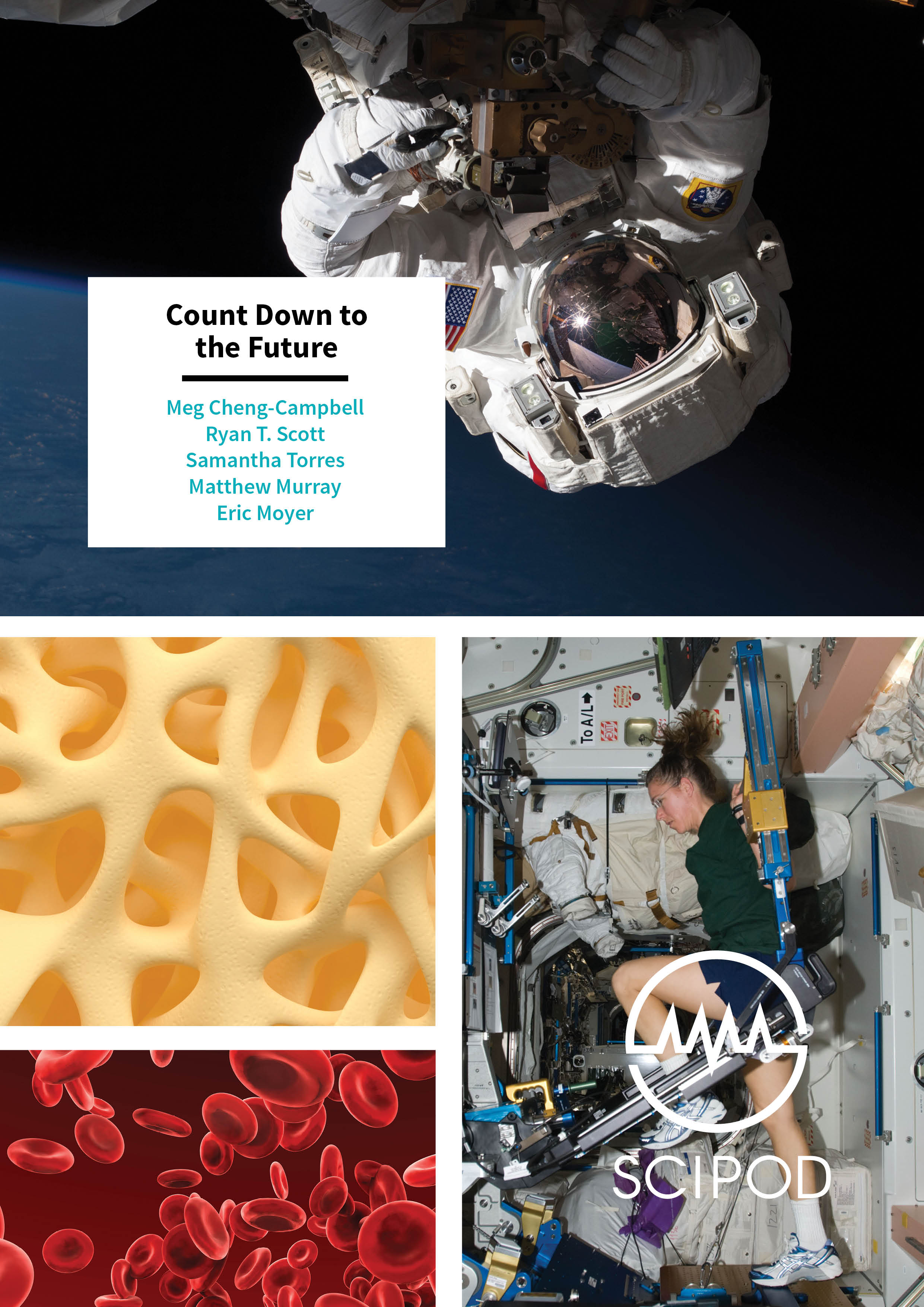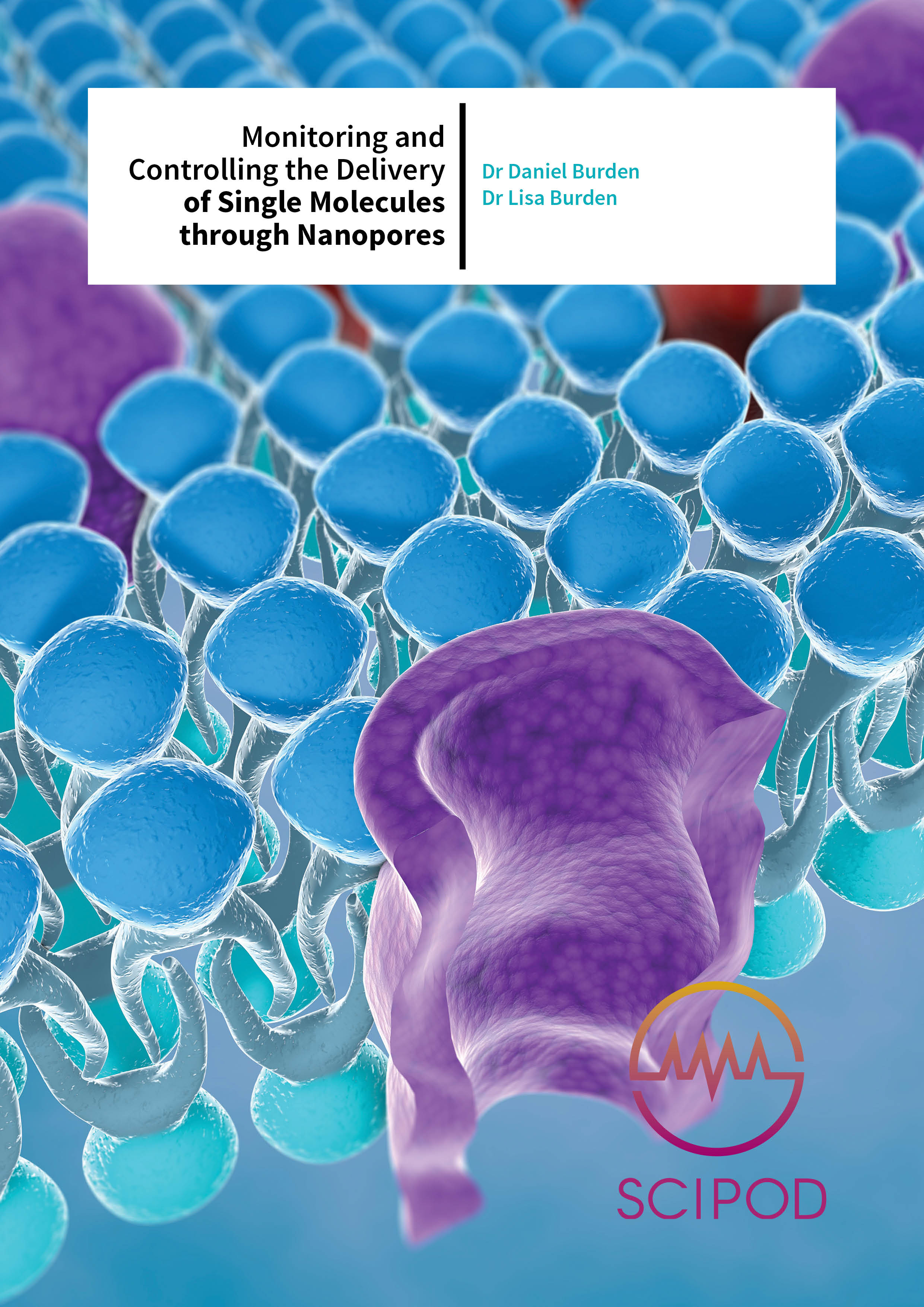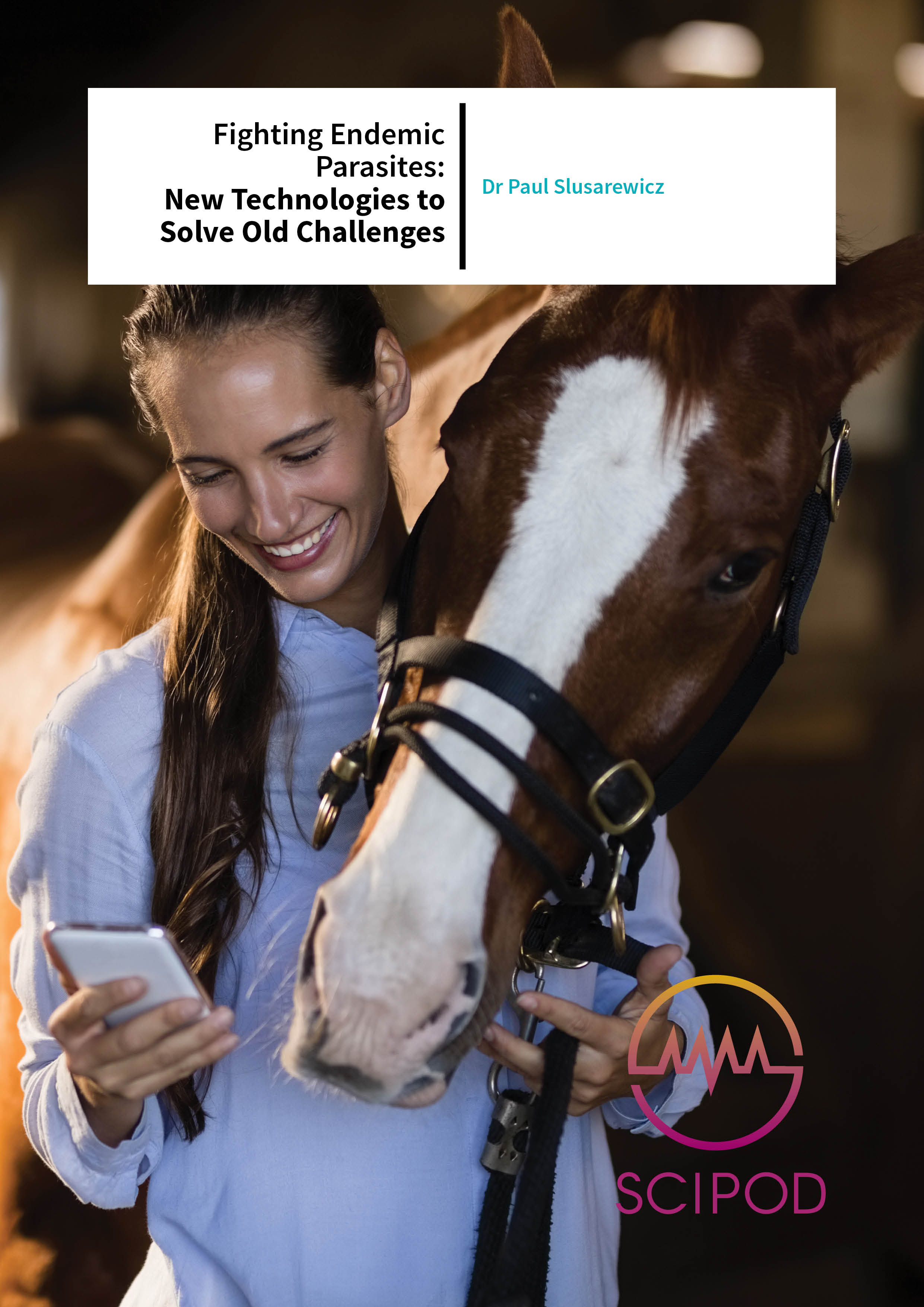Supporting Children with Challenging Behaviours – Dr Andy Frey, University of Louisville
May 24, 2018education & training, social and behavioural sciences
Children with disruptive behaviours require intensive support in school. Dr Andy Frey, professor at the University of Louisville, has been developing and evaluating interventions that could help these children to begin their school years positively and successfully. The First Step Next and homeBase intervention programs involve a collaboration between parents and teachers to support children with problematic behavioural patterns achieve their potential.

You may also like …

Dr. Kim Saverno | Real-World Impact: How Targeted Therapy is Changing Cholangiocarcinoma Treatment
Cholangiocarcinoma is an aggressive cancer that begins in the bile ducts. While the cancer is relatively rare, affecting approximately 8,000 people in the United States each year, unfortunately, it is often undiagnosed until an advanced stage. This late diagnosis makes cholangiocarcinoma very challenging to treat, and less than 10% of patients survive for five years after diagnosis. Traditional anti-cancer treatments, such as chemotherapy, have only limited effectiveness in cholangiocarcinoma, and can cause serious side effects. Recently developed immunotherapy and targeted therapies have provided promising options for this difficult-to-treat disease. Dr. Kim Saverno of the Incyte Corporation, a biopharmaceutical company headquartered in the U.S., and the study’s co-authors, have been studying the real-world use of an FDA-approved targeted drug for cholangiocarcinoma called pemigatinib. Pemigatinib was approved by the FDA in 2020. It can be specifically used for cholangiocarcinoma patients who have genetic changes in a protein known as fibroblast growth factor receptor 2, or FGFR2 for short. Their study, to the best of our knowledge, is the first to examine pemigatinib’s use in real-world settings, and reveals information about treatment patterns, FGFR2 testing patterns, and effectiveness of pemigatinib for cholangiocarcinoma when used in everyday practice.

Dr Richard Saumarez | Beyond the Heartbeat: How Direct Cardiac Investigation Could Save Lives in Hypertrophic Cardiomyopathy and Beyond
Hypertrophic cardiomyopathy (or HCM for short) is a serious heart condition that involves thickening of the heart muscle wall and disruption of the normal tissue architecture, called ‘disarray’. This can result in sudden cardiac death caused by abnormal heart rhythms, known as arrhythmias. Identifying those HCM patients who are most at risk could permit preventative measures, such as implanting a cardioverter-defibrillator, which could potentially be lifesaving. However, current techniques to predict the risk of sudden death in HCM are limited, leaving patients underserved. In a recent study, Dr Richard Saumarez, an academic cardiologist formerly of the University of Cambridge, and colleagues, questioned whether conventional methods, which consider risk factors such as family history of sudden death or the degree of heart muscle thickening, are effective in predicting sudden death in HCM patients. Their research suggests that risk factor assessments might miss crucial information about the heart’s electrical behaviour, which could provide more accurate clues about the risk of sudden death. As an alternative, the researchers propose direct heart-investigation methods, called electrophysiological techniques, as a more reliable assessment. Although the study was concerned with HCM, the arguments put forward are more general and applicable to other diseases, particularly to survivors of myocardial infarcts who are also at risk of sudden death.

Dr. Qiang Wang | Fishing for Findings: Uncovering the Genetics of Hearing Loss
Our hearing is amongst our most profound senses, connecting us to the surrounding world through sound. However, this connection is diminished or absent altogether in millions of people around the world because of hearing loss. Hearing loss is a common sensory disorder and is often hereditary. The condition can be caused by complex genetic factors, and so far, researchers have linked over 150 genes to hearing impairment. Now, a new collaborative study led by Dr. Qiang Wang of the South China University of Technology, Dr. Tao Cai from the National Institute of Health, and Dr. Yuan Li from the China-Japan Friendship Hospital in Beijing, has uncovered a new genetic clue, a mutation in the OXR1 gene, that could upend our understanding of hereditary hearing loss, and the eventual treatments that we develop to combat it.

Dr. Sarallah Rezazadeh | Unlocking the Secrets of Aging: How Stem Cells Hold the Key to Vitality
Aging is a tale written by the cells in our bodies, although some cell types play a bigger role than others. At the crux of this story is an intriguing protagonist: the stem cell. These master builders, which can differentiate into any cell type, thereby helping to replace diseased or worn-out tissues, are essential for tissue repair and in maintaining health into old age. But as we get older, the capabilities of stem cells gradually diminish, which is known as stem cell exhaustion and is a key facet of aging itself. Stem cell exhaustion plays a role in a large number of age-related diseases, meaning that it could be a crucial research target in developing new treatments and techniques to help us age well. A Research Topic in the open-access journal Frontiers in Aging has been curated by Dr. Sarallah Rezazadeh of the Icahn School of Medicine at Mount Sinai and Professor Georgina May Ellison-Hughes of King’s College London. The Topic collects groundbreaking studies into stem cell exhaustion under one open-access roof, exploring the detailed mechanisms underlying the phenomenon and establishing the field in a wider context to identify promising therapeutic approaches for those later in life.

Dr. Mingjun Xie | A Blueprint for Life: Creating Blood Vessels in Bioprinted Tissues
A future where injured or diseased organs can be removed and replaced with new lab-printed tissues that are customized specifically for each patient is not as far away as you might think. These functional and living tissues could grow naturally within the body, and repair and sustain themselves over time. While these concepts were once in the realm of science fiction, advances in bioprinting, which is a form of 3D printing using biological “inks” (known as bioinks) loaded with living cells, are bringing them closer to reality. Among the researchers advancing this field is Dr. Mingjun Xie of Zhejiang University, China, and colleagues, who are performing work that addresses a significant challenge in bioprinting. This involves creating large portions of tissues that have a functional vasculature, thereby mimicking the complexity of native tissues and organs.

Prof. Eugenio Cersosimo | Cardio-Renal Protection and Blood Sugar Balance: How SGLT-2 Inhibitors Are Changing Diabetes Care
In their ongoing quest to improve diabetes management, researchers are searching for new insights into the mechanisms through which the body manages blood sugar levels. Prof. Eugenio Cersosimo and colleagues at the University of Texas Health Science Center recently reported a breakthrough that could change how we understand glucose control and increase our ability to manage type 2 diabetes. Their study examines two medications, dapagliflozin, an SGLT-2 inhibitor, and exenatide, a GLP-1 receptor agonist, and how they can work together to control blood sugar levels by exploiting a previously unknown kidney-to-liver signalling pathway. Their findings have unravelled some important underlying mechanisms that provide strong support for the cardio-renal protective effects reported in many large clinical trials with the use of SGLT-2 inhibitors in patients with type 2 diabetes. The demonstration that the kidney plays a central role in glucose regulation during exposure to SGLT-2 inhibitors represents a major advance in our understanding of diabetes treatment and the prevention of severe cardiovascular and renal complications.
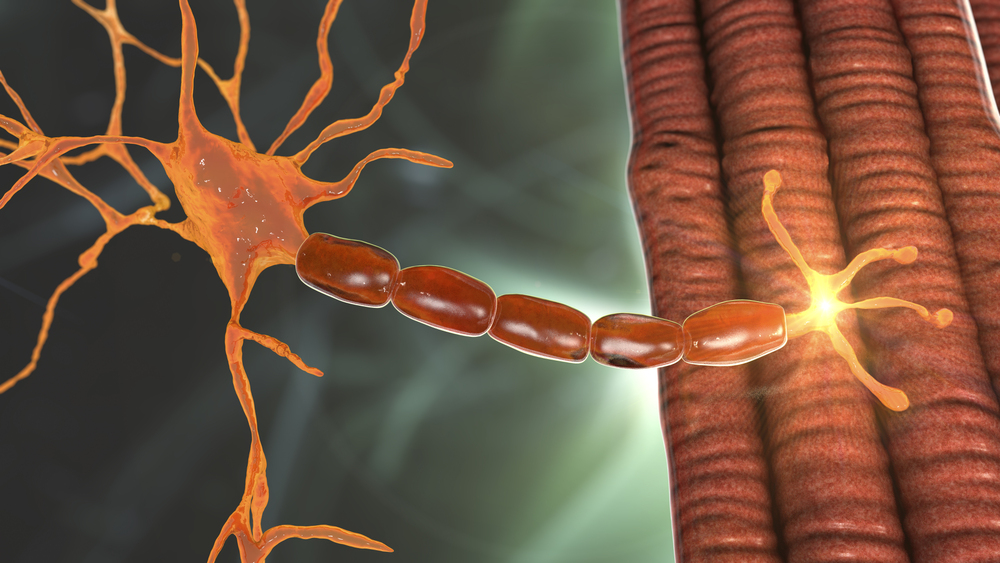
Charles Frison-Roche | The Hidden Architects of Movement: The Role of MBNL Proteins in Movement
Researchers have made a significant advancement in understanding an important component of the nervous system: the neuromuscular junction, a crucial connection between nerves and muscles. A recent study performed by Charles Frison-Roche of the Center of Research in Myology in the Sorbonne University, Paris, and colleagues, reveals the role of proteins known as Muscleblind-like proteins, or MBNL proteins for short, which help to regulate motor coordination by helping to maintain neuromuscular junction stability. This discovery is potentially very useful, as loss-of-function of MBNL proteins is a hallmark of a genetic condition called Myotonic Dystrophy type 1 (or DM1 for short). DM1 disrupts muscle control, leading to muscle weakness, problems with balance, and other symptoms that can get progressively worse over time. MBNL proteins, and their role in the neuromuscular junction, may represent new treatment targets in DM1.

Unmasking a Silent Killer: How the LiverRisk Score is Changing the Rules of Liver Disease Detection
Liver disease is a significant health challenge globally. It can often progress unnoticed for years until it becomes life-threatening. Cirrhosis is the final stage of chronic liver diseases, and it can be caused by conditions such as viral hepatitis, excessive alcohol consumption, or metabolic-associated steatotic liver disease, which is linked to conditions such as obesity or diabetes. Once cirrhosis has set in, the tissue in the liver becomes permanently scarred, reducing its function, and this can progress to liver failure or liver cancer. Often, these conditions are not diagnosed in sufficient time for effective treatment. Happily, a new risk assessment tool called the LiverRisk score, developed by the LiverScreen Consortium, could pave the way for early liver disease diagnosis, potentially allowing clinicians to intervene before irreversible liver damage occurs. The LiverRisk score helps to identify those who are at risk of severe liver complications in the future. The diagnostic tool is designed to be easy to use, and is based on clinical markers that are widely available from routine blood tests.
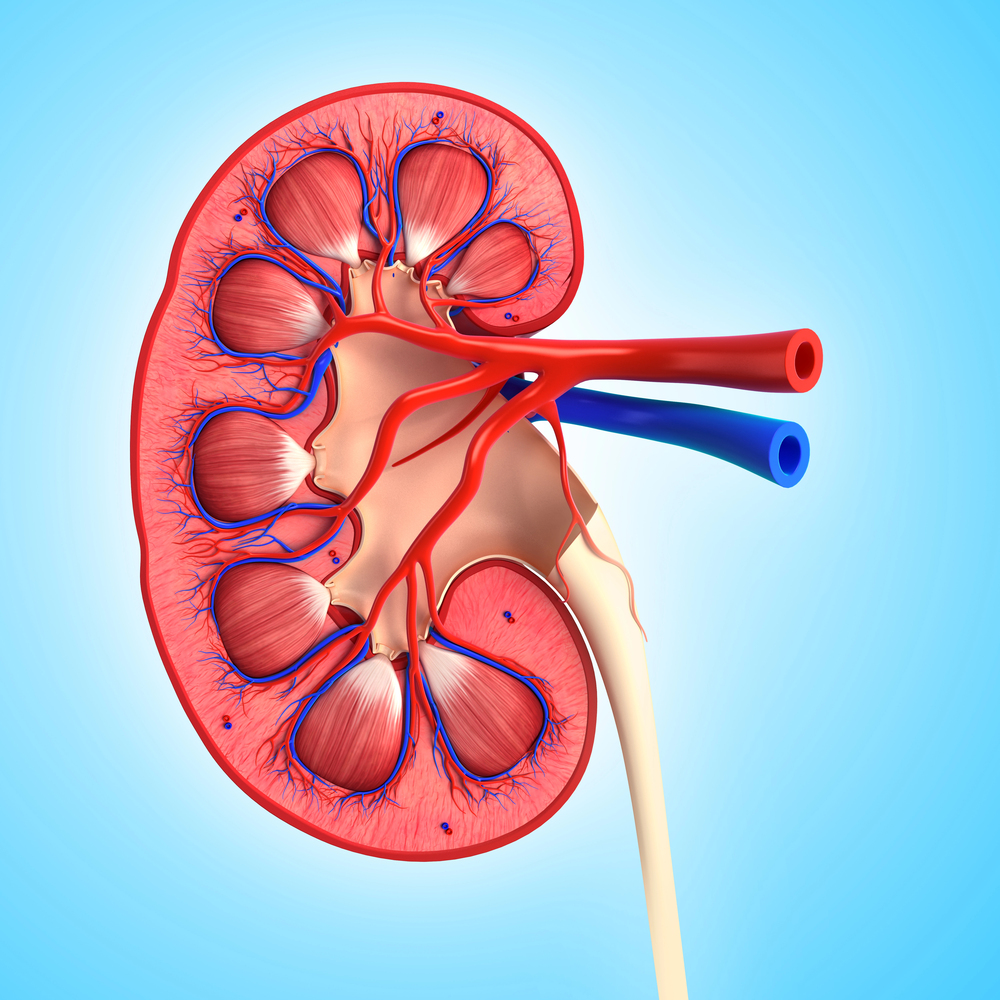
Dr. Serena Kuang | Inside the Kidney’s ‘Countercurrent’ Mystery: A New Model for Teaching and Studying Water Balance
Our kidneys filter blood to remove waste and can regulate water balance. We’ve all experienced that when we’re thirsty urine becomes concentrated, signalling us to drink more water. When we drink excess water, we urinate more frequently, and the urine is diluted. The kidneys’ ability to concentrate or dilute urine according to our body’s need relies on countercurrent multiplication (or CCM), a complex process that generates a salt concentration gradient in the kidney. However, CCM is challenging to teach and understand. Dr. Serena Kuang, a researcher and educator at Oakland University William Beaumont School of Medicine, has developed a more understandable CCM model and clears up errors in existing explanations making CCM easier to understand and teach.

Dr Neil Cunnigham | The Heart of the Matter: How Simulation Reflects Clinical Stress in Critical Care Training
In the high-stakes world of critical care, medical professionals are frequently called upon to perform life-saving procedures under intense pressure. Among these, airway intubation stands out as one of the most critical and technically demanding tasks. This procedure, which involves inserting a tube into a patient’s airway to ensure that they can breathe, is often performed in emergency situations where seconds count. The ability to intubate swiftly and accurately can mean the difference between life and death. However, this task is also fraught with stress, particularly for trainees who are still developing their skills. To better understand how these trainees cope with the stress of intubation, Dr Neil Cunningham of the University of Melbourne and colleagues conducted a groundbreaking study comparing physiological stress responses in simulated and clinical environments. Their findings offer valuable insights into the effectiveness of simulation-based training, which has become a cornerstone of medical education.

















